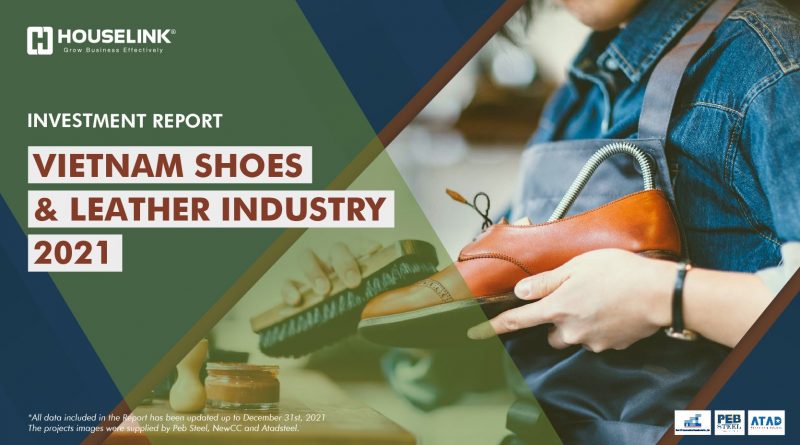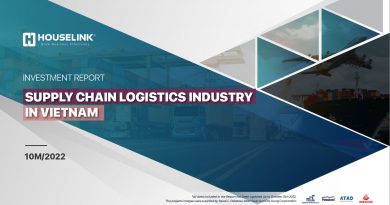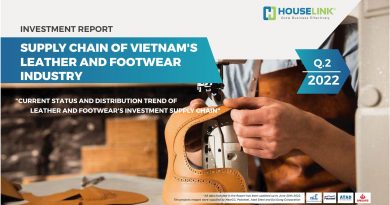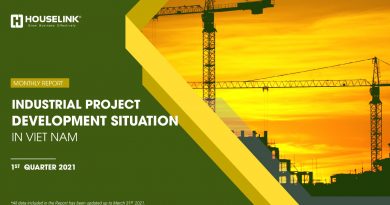Investment Report – Viet Nam Shoes & Leather Industry
Current Status of Shoes & Leather industry in Viet Nam
Due to the impact of Covid-19, the index of Industrial Production of Leather and related products manufactures in 2020 decreased (-2.4%) compared to 2019. However, in 11 months of 2021, the IIP of this industry was improved and increased 4.4% compared to same period of 2020. Although this number is still lower than the average of the years before Covid-19 (~ 8.6%), the production of shoes & leather is improved much now.
In 2021, we can see that the IIP of leathers and related products manufacture decreased sharply in Feb, Jul and Aug when the Covid-19 became more serious in provinces where many IPs are located. However, from Sep up to now – the vaccination rate increased in the cities and provinces, the Government eased the social distancing measures, thereby helping to increase trade and productivity. These numbers are a good signal for the footwear industry in Vietnam, but this still depends a lot on the epidemic situation not only in Vietnam but also in the world.
The production quantity of leather shoes and sandals decreased in 2020 when the Covid-19 epidemic affected the demand of countries around the world and the production situation of factories in Vietnam, as well as caused the supply chain to stall, and facing many difficulties. In 2021, the production volume was improved so much, reach the higher quantity than in 2019 and achieved the highest growth rate since 2018. Especially the production volume of leather shoes and sandals in 2021 increased nearly 10% compared to 2020. The production of shoes and leather industry is gradually recovered after being affected by the epidemic.
The Exportation CPI of footwear in 2021 increased sharply compared to other years after a continuous decrease from 2018 to 2020. The importation CPI of materials decreased in 2020 but increased again in 2021, however it is not significant. Vietnam’s leather and footwear industry still has to import raw materials up to 60%. The importation CPI of textiles and footwears raw materials increased again in 2021 can lead to the increase of production cost.
Investment of Shoes and Leather projects in Vietnam
Among leather & shoes newly licensed FDI projects, more than 90% of the projects located in the South and Central. In the North, there were few projects in this industry selected this region for project investments in 2021. Based on the pies below, in term of project quantity, we see that 50% and 44% of the projects located in the South and Central accordingly. However, the Central attracted about 72% of investment capital, 26% of investment capital poured in the South. Many big scale projects have selected the Central as ideal location.
Ready-built factory rental project is a trend and the North and the South, but in the Central is land rental
In the Leather & Shoes industry, there is not much difference in the trend of renting ready-built factories (RDF) and renting land. The trend of renting RDF is clearly shown in the investment in the Leather & Shoes industry especially in the North ( with 100% projects are ready-built factory rental) and in the South (50%) because of the diversity in the choice of factory area, function areas, the installation of production machinery and can go into operation in a short time, advantages related to legal support and incentives of each Industrial Park and the land rental price in these regions is much higher than in the Central. Although the amount of capital poured into renting RDF is not big and most of them are small and medium-sized projects under 5 million USD, there are also some large capital projects as: Footwear production factory of Wellina Vietnam, Jiawei factory of Jiawei Vietnam, v…v…
In the Central where have abundant land fund and authorities issued many investment incentives, improved labor skills have helped attract many investors to build factories here.
Mainly projects are expansion construction
Expansion construction projects account for major share in term of project numbers, total investment capital and also land area. New construction projects account for about 23% of project numbers and no huge capital projects. The existing investors are more and more tend to expand their business in Vietnam in both project scale and quantity. New construction projects mainly invested by Taiwanese and Chinese investors.
FDI projects account for major market share
According to updated and verified data of HOUSELINK, in the future, leather and footwear industry projects will mainly be invested by FDI capital (accounting for more than 90% of projects). Vietnam still does not have too many domestic investors involved in production and business in this field. The competitiveness of domestic enterprises is still lower than that of FDI enterprises. Typically, in 2021, while FDI enterprises account for more than 70% of Vietnam’s total footwear import and export turnover, domestic enterprises account for just over 20%. This situation has persisted for many years.
Following the success of previous periodic reports, the report will be emailed by HOUSELINK to more than 100,000 large manufacturing investors with many industries from different countries with a great investment value in Vietnam. And the entire community of more than 2000 member businesses on the #HOUSELINK system including industrial infrastructure developers, real estate, manufacturing business owners, construction businesses. This report is released in Vietnamese version, English version, Chinese version,







